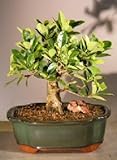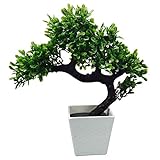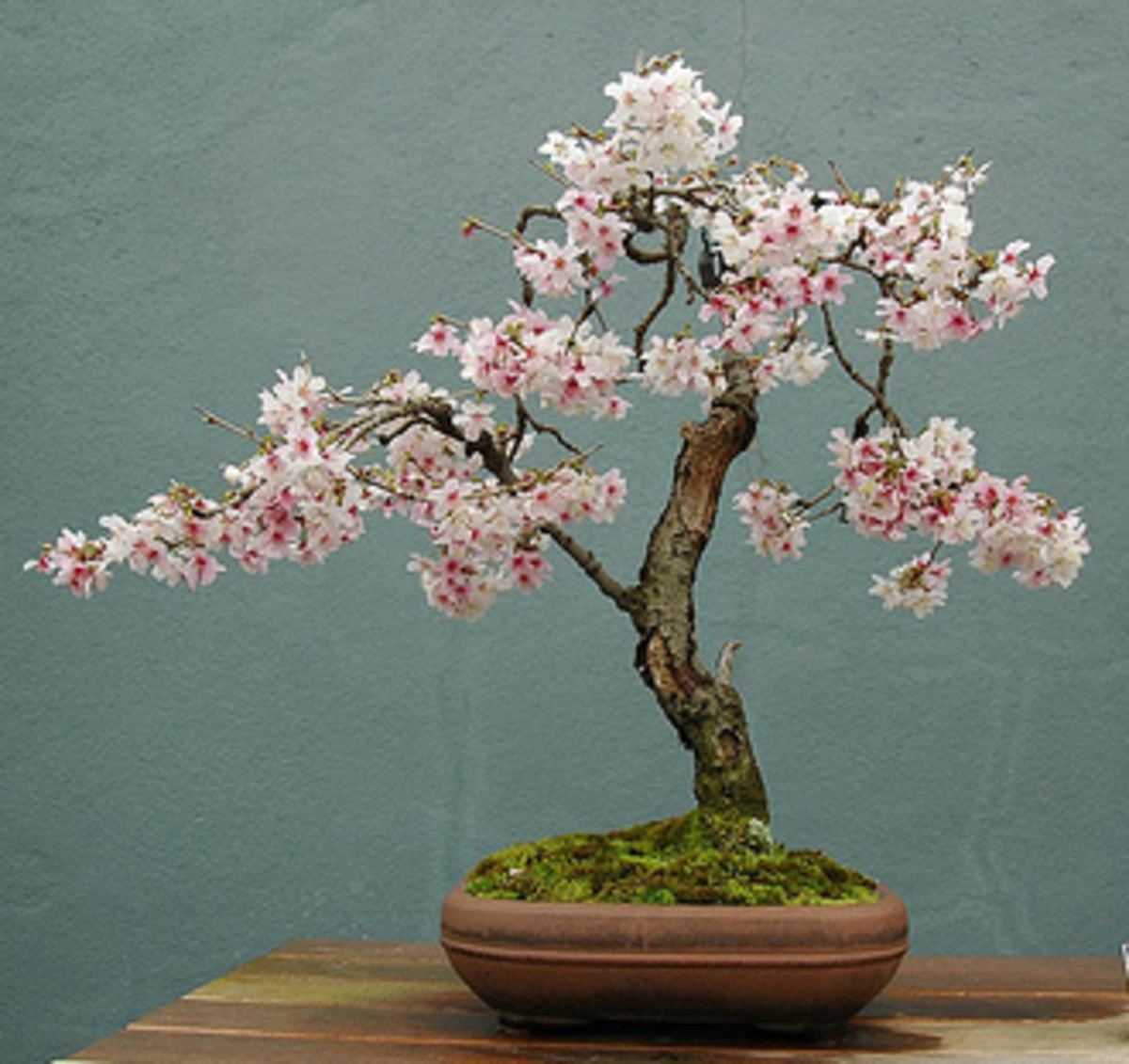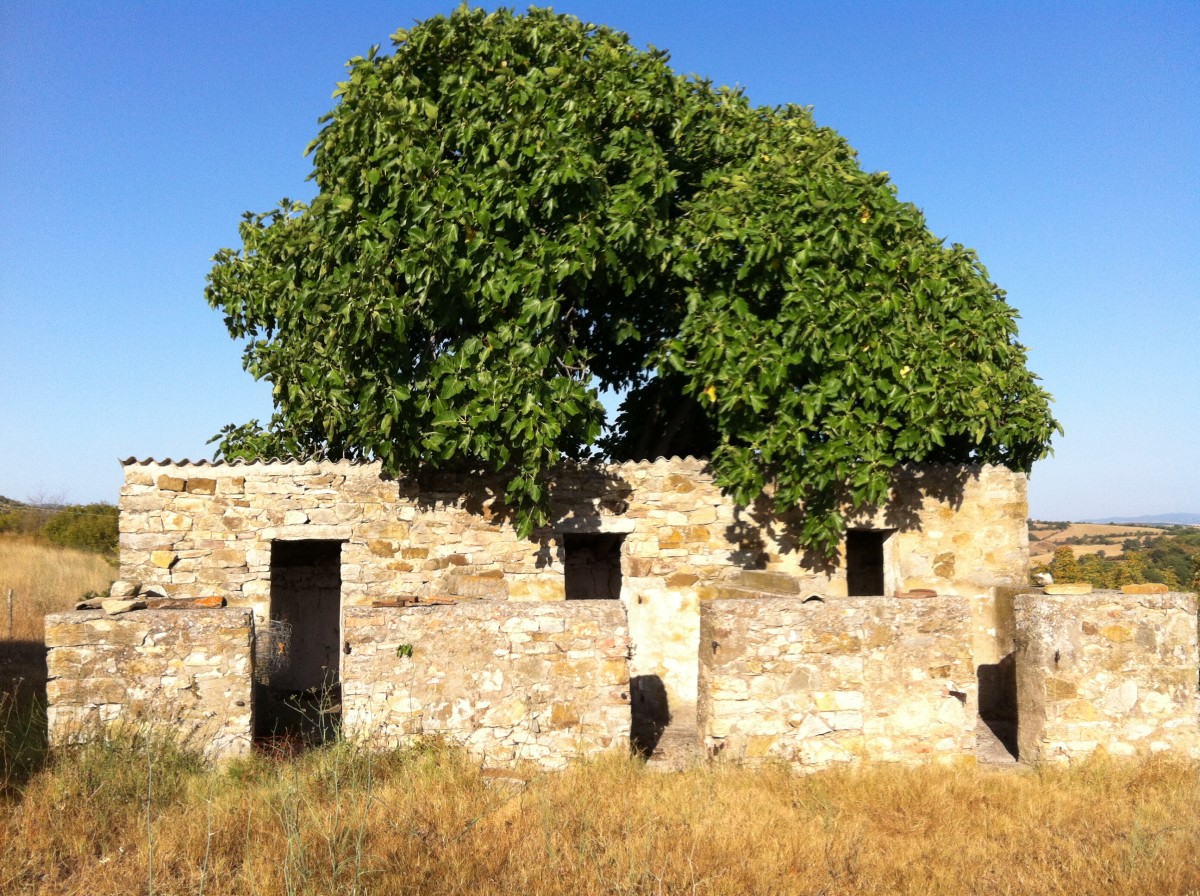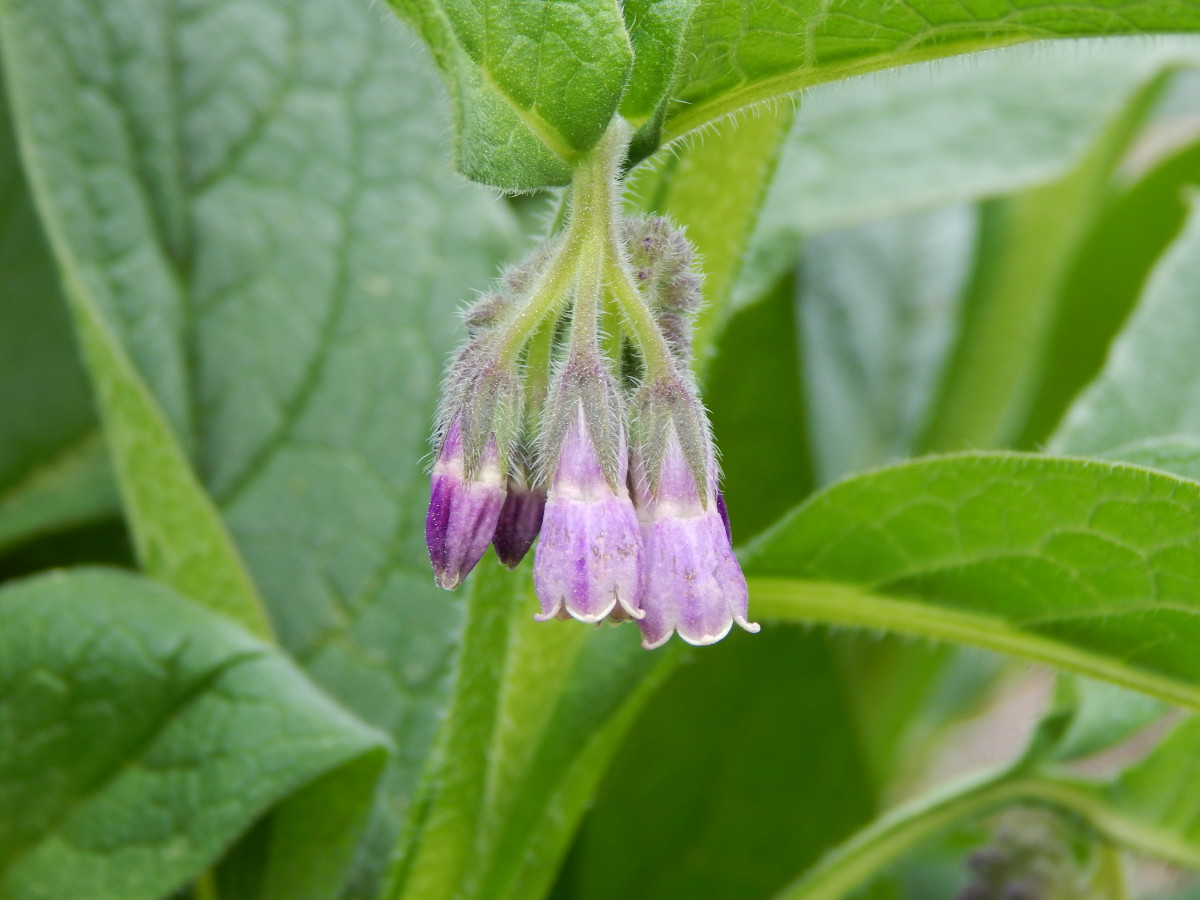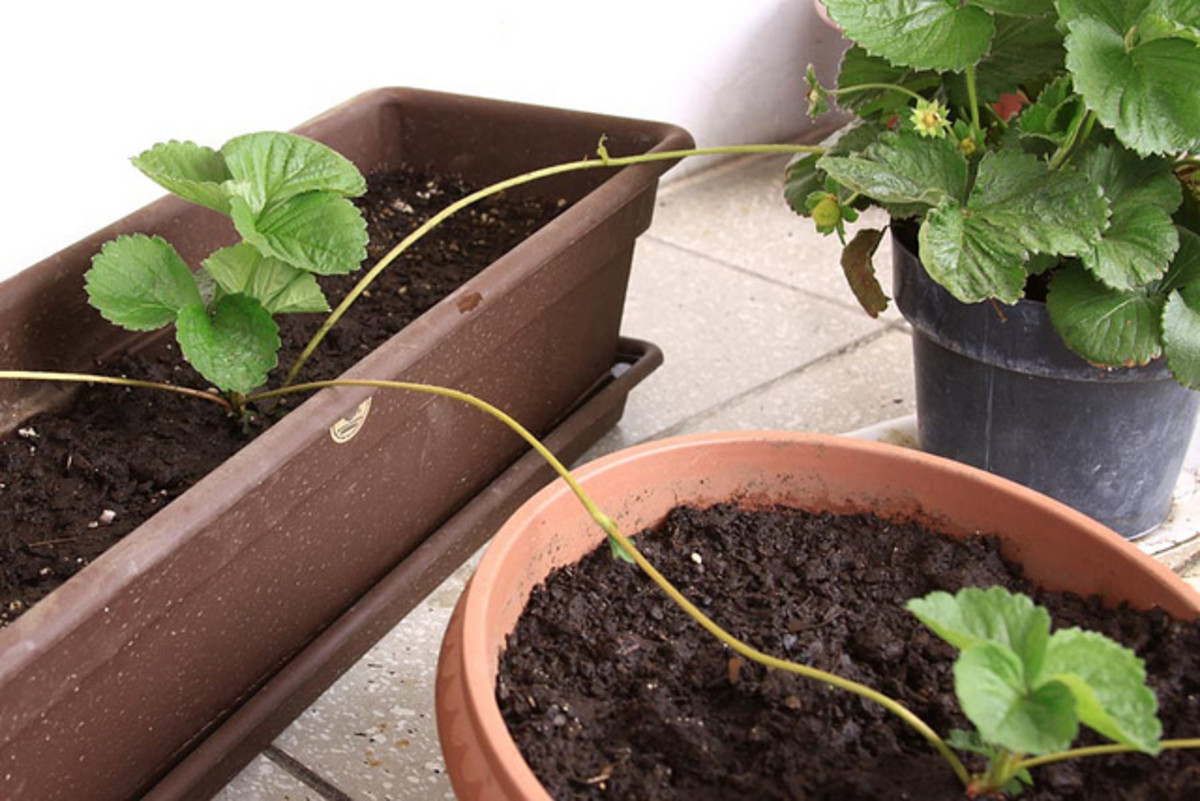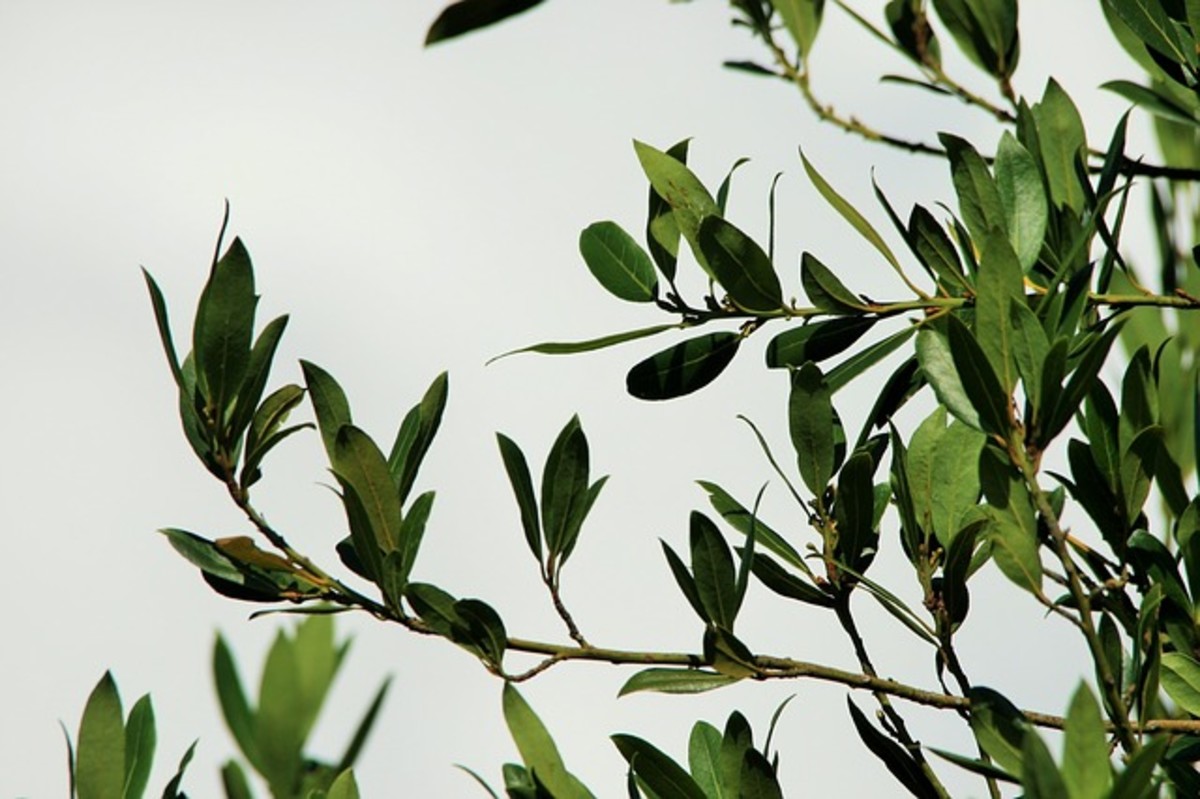Growing Ficus Bonsai Trees
Ficus Bonsai
The ficus bonsai tree is one type of bonsai tree and one I find totally amazing. The ficus bonsai is among the most popular of bonsai trees grown as indoor bonsai and are popular for their ability to tolerate freezing temperatures. The ficus bonsai is commonly grown from ficus trees with edible figs. I should say that in growing a ficus bonsai tree it is not for food. The miniature scale of the ficus bonsai tree makes growing fruit to demanding on the plant.
There are many fig species of ficus that can be grown as ficus bonsai trees and nearly any ficus with relatively small leaves can be used to grow a ficus bonsai from a cutting or seedling. Nearly any perennial woody stemmed tree or shrub species with characteristics like small leaves/needles can be grown as a bonsai because the plants characteristics making them appropriate for the compact visual scope of the bonsai tree.
One thing that I have learned and did not realize before is that bonsai like the ficus bonsai are not to be confused with dwarfing. Dwarfing is more accurately referring to research and cultivation into permanent genetic miniatures of an existing species. A ficus bonsai does not require the genetic dwarfing from tall trees. A ficus bonsai uses the same cultivation techniques of all true bonsai.
Cultivating a Ficus Bonsai
Cultivating a ficus bonsai is a fascinating practice that seems more like an art form because of the skill involved. If you have never cultivated a ficus bonsai or other bonsai type for that matter then in choosing a ficus bonsai you are making a great choice. The ficus bonsai is extremely popular as I said before because of their ability to withstand colder temperatures. This resilience makes them a great first bonsai plant to cultivate. They will forgive the new grower more then other breeds of bonsai plant.
The growing of a ficus bonsai tree is pretty straight forward. A ficus cutting or seedling is grown in a very small pot. The small pot confines the growth of the tree significantly. As the tree grows pruning both the branches and the roots will shape the tree into a miniature scaled down version of the original parent tree. The pruning is where the art comes in. A skilled pruner will be able to prune both the branches and roots in such a way as to sculpt the plant into an attractive and fascinating bonsai tree.
The craft of growing a bonsai tree is most often practiced primarily for the contemplation they inspire in all who view them and for the pleasant exercise in ingenuity for the grower. The growing of bonsai dates back over a thousand years and I think is an amazing thing to be able to do. The miniature scale of what are commonly large trees simply fascinates me and stirs the child in me that believed in magic once upon a time.
Basic Ficus Bonsai Care
A ficus bonsai can be bought from a number of sources, most notably from bonsai boy (tho there are many distributors who will charge a range of different prices for their bonsai). When you buy a ficus bonsai you should be getting a plant that has already been cultivated into a beautiful bonsai tree. This avoids needing the skill to cultivate the plant in the first instance but you will need to give it continual care to keep it healthy.
The first basic ficus bonsai care tip is to give your plant the maximum amount of light possible. This will help to keep your ficus bonsai healthy and strong. A dim light condition will result in your ficus bonsai growing weak, off color and prone to disease. If you are growing a ficus bonsai indoors you will want to give them the most window light possible and where possible augment this with artificial light for up to 18 hours a day.
Watering your ficus is also very important. Your ficus bonsai needs soil that is not overly dry or constantly wet and can result in rotting roots. Dropping leafs will follow poor watering practices as a first sign to check your watering practices. The rule of thumb to use is to water the soil when it is nearly dry so that your plant gets the water it needs but the soil is not allowed to be constantly totally wet either. Considering a ficus bonsai grows in a confined small pot you are not likely to ever need to add lots of water, less water but given regularly when the soil is getting dry should give you a lovely healthy plant!
You can use any houseplant fertilizer once every week or two, simply dilute as recommended on the label. You want to make sure to fertilize only after a thorough watering of the soil and you will want to reduce the fertilization to once a month during the winder months when growing slows or stops.
Basic Ficus Bonsai Techniques
A ficus bonsai can be shaped into just about any style, from formal upright to banyan style bonsai trees. One relatively easy way to do this is with wire. Wiring can be used to move and pin branches and is most easily done when the branches are lest then 1/2 an inch thick. When using wire to help sculpt the growth it is important to remember that branches can grow quickly. Wire can cut into a scar the ficus bonsai quite rapidly. You will want to watch any wired tree closely to remove the wire before it cuts into the bark.
Defoliation is simply the practice of removing leaves. This is down to reduce leaf size and improve the impact of the branches. It is said that a beginner should never defoliate their trees and it would be wise to find a person to show you how to do it and explain the process as you watch so that you can most easily learn. One should never defoliate a weak, diseased or unhealthy ficus bonsai tree.
Trimming the branches can be done at any time of the year to shape the tree. Re-potting is best done in the middle of summer and re-potting should only ever be done in the winter in an emergency situation. If a plant needs re-potting in the winter it needs to be done by an experienced grower. A strongly growing plant may need re-potting yearly but a slowerer growing plant can be left for 2 to 3 years without re-potting. The ficus bonsai needs soil that is open, airy and granular in nature. This type of open soil means the plant is less prone to rotting, and if you water when the soil is almost dry only you should have one healthy and impressive ficus bonsai!
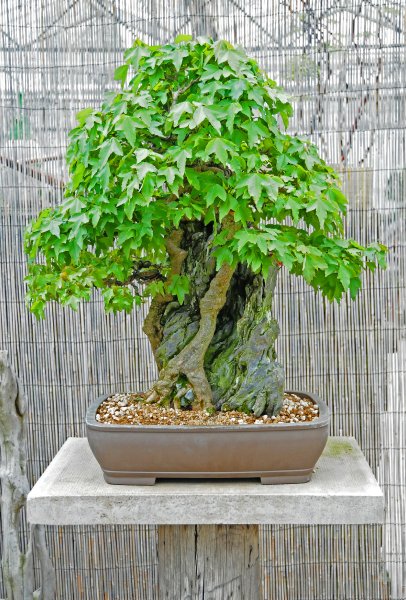
A great hub on pruning!
- Pruning Bonsai: How to Dwarf Bonsai Trees
Guide explaining various forms of pruning that bonsai mainly depend for their dwarfing; i.e. shoot pinching, leaf pinching, root pruning, and pruning during dormancy. Read on to know How to Dwarf Bonsai Trees.

